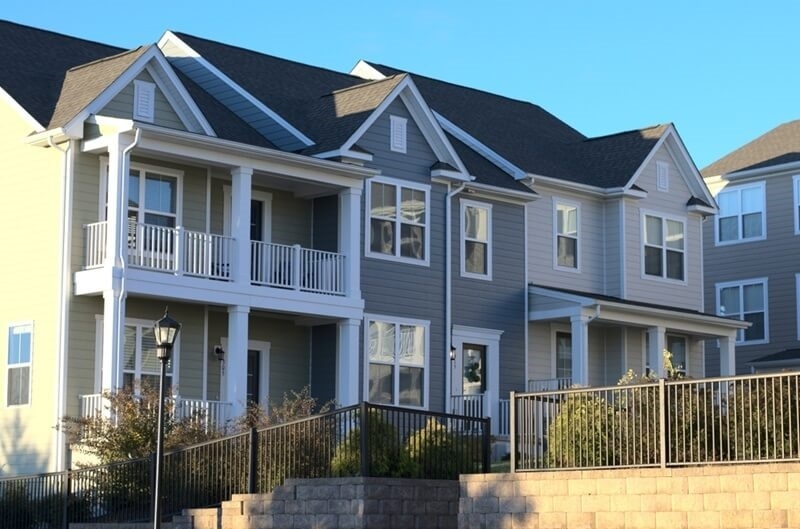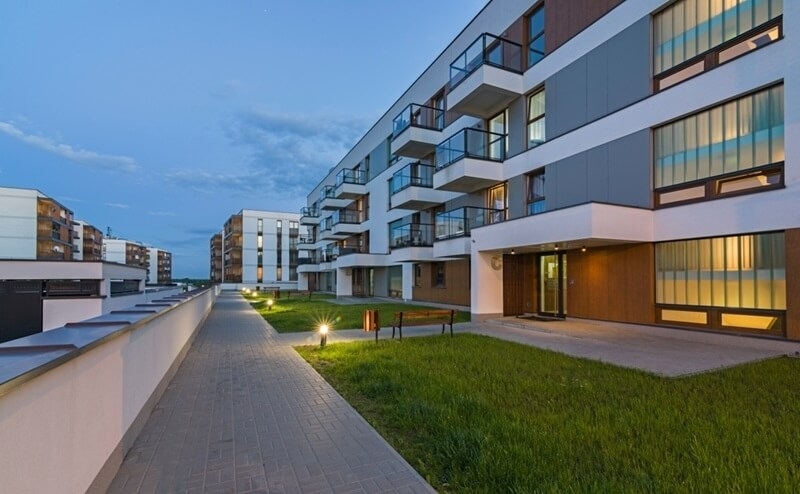
Ever feel like finding a great place to live in urban Kentucky is a wild goose chase? You're not alone. Our cities are growing, and the pressure is on. It's a national trend, sure, but here in places like Louisville and Lexington, it feels personal. People are drawn to the vibrant culture, the good jobs, and the sense of community. The result? A massive demand for housing.
But if you look closely, you'll see something pretty amazing happening: a surge in multifamily housing construction. It’s not just about slapping up a new building; it’s about reshaping our cities and giving people more choices. This isn't your grandfather's housing market. Today’s multifamily housing construction is about creating vibrant communities, and it's driven by a mix of market forces and smart, strategic planning. So, let’s peel back the curtain and see what’s really happening on the ground.
When most of us hear about multifamily housing construction, we probably just think "apartments." But that's like calling all cars "sedans." The reality is, the market for new homes in urban Kentucky is a lot more interesting than that.
You've got options:
The wide variety in the types of multifamily housing shows just how much the market has evolved to meet the needs of everyone, from college students to young families and empty nesters.
More to Discover: Kentucky’s Construction Growth & Industrial Trends

Building thousands of new homes isn’t cheap. A lot of the projects we see wouldn’t even get off the ground without some serious financial help. That's where multifamily housing grants come into play.
Think of it this way: these grants are like the foundation of the house before the walls go up. They make a lot of affordable and low-income projects possible. The biggest player in Kentucky is the Kentucky Housing Corporation (KHC). They run several crucial programs:
These multifamily housing grants are essential for making sure our state’s building boom isn’t just for the wealthy. They make our cities more equitable and welcoming.
As cities get denser and buildings get taller, one thing becomes non-negotiable: safety. Fire safety compliance is absolutely critical in every single new building that goes up. It's not just a suggestion; it's the law, and it's there to protect people.
From fire-rated materials in the walls to clearly marked exit signs, every detail matters. This kind of strict fire safety compliance is what makes our modern buildings safer than ever. It's about giving everyone who lives there peace of mind. Without it, you’re taking an unnecessary risk.
You may also like: Best Places to Live in Kentucky: Top 10 Towns & Cities
What’s the most important piece of a building’s fire safety system? If you guessed fire sprinkler systems, you’d be right. These systems are the first line of defense, and they’re nothing like what you see in the movies.
Discover more: Kentucky's Construction Shapes Local Workforce Development
In the end, all these trends and requirements—from the surge in multifamily housing construction to the crucial multifamily housing grants that make it possible—are part of a much bigger story. It’s a story about a state that's growing, changing, and building for the future. We're not just adding new buildings; we're creating homes that are safer, more diverse, and more accessible. It’s a story that’s unfolding one community at a time, showing that with a little creativity and a lot of hard work, we can build a Kentucky that's ready for what's next.
This content was created by AI